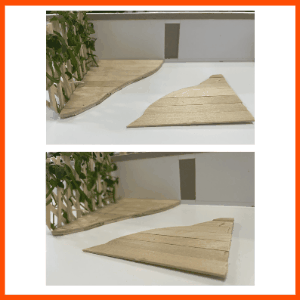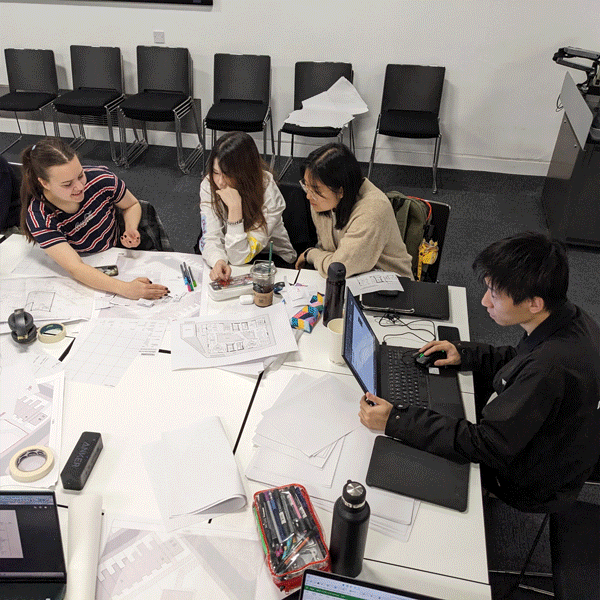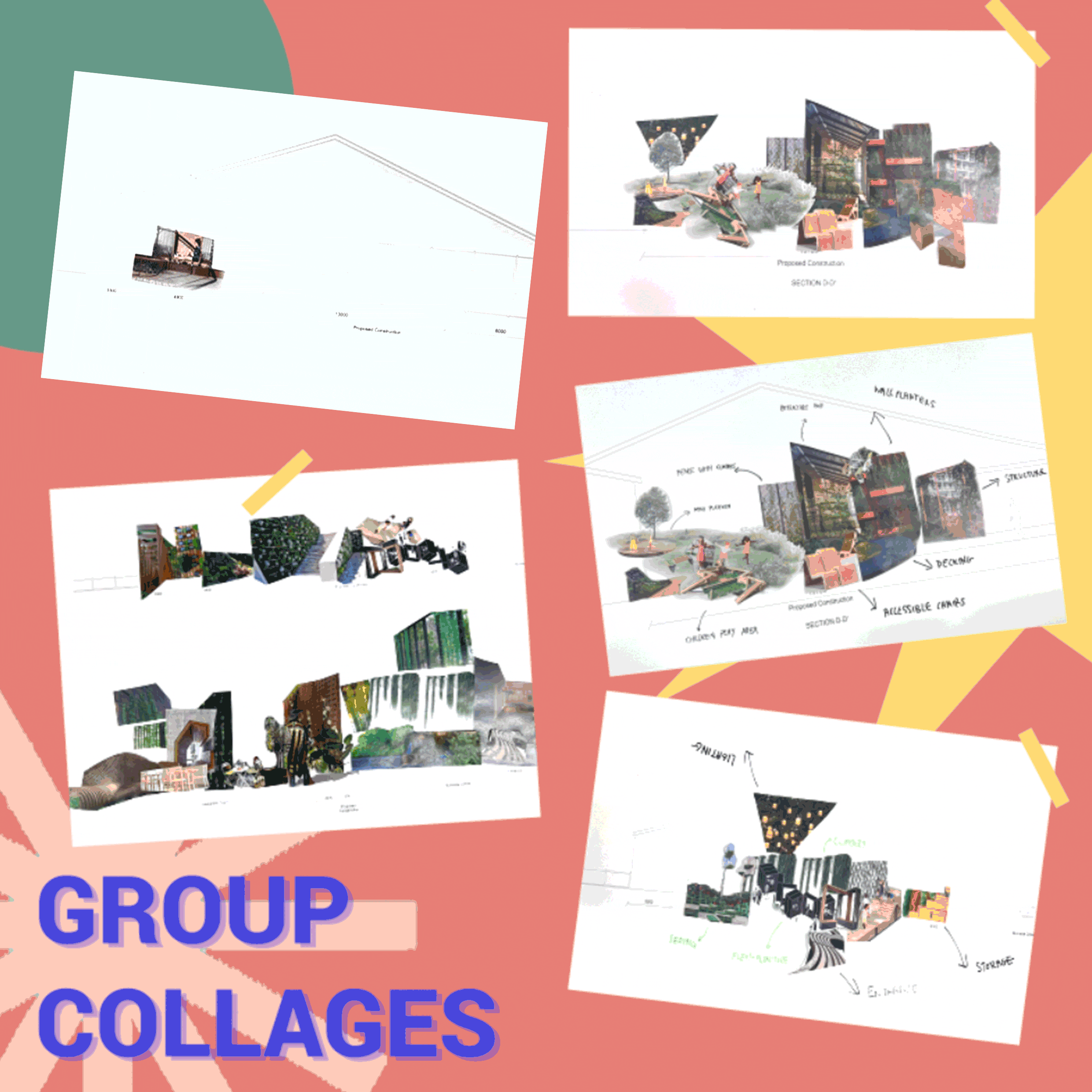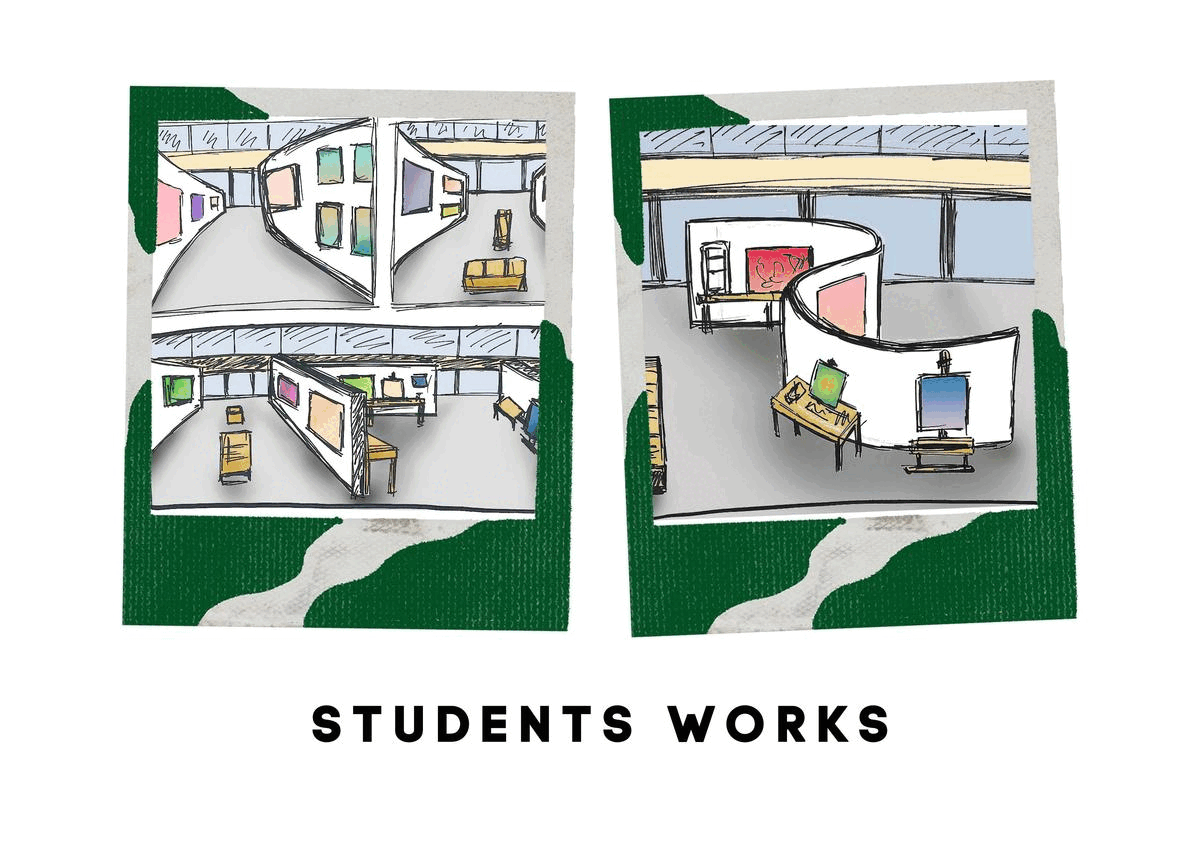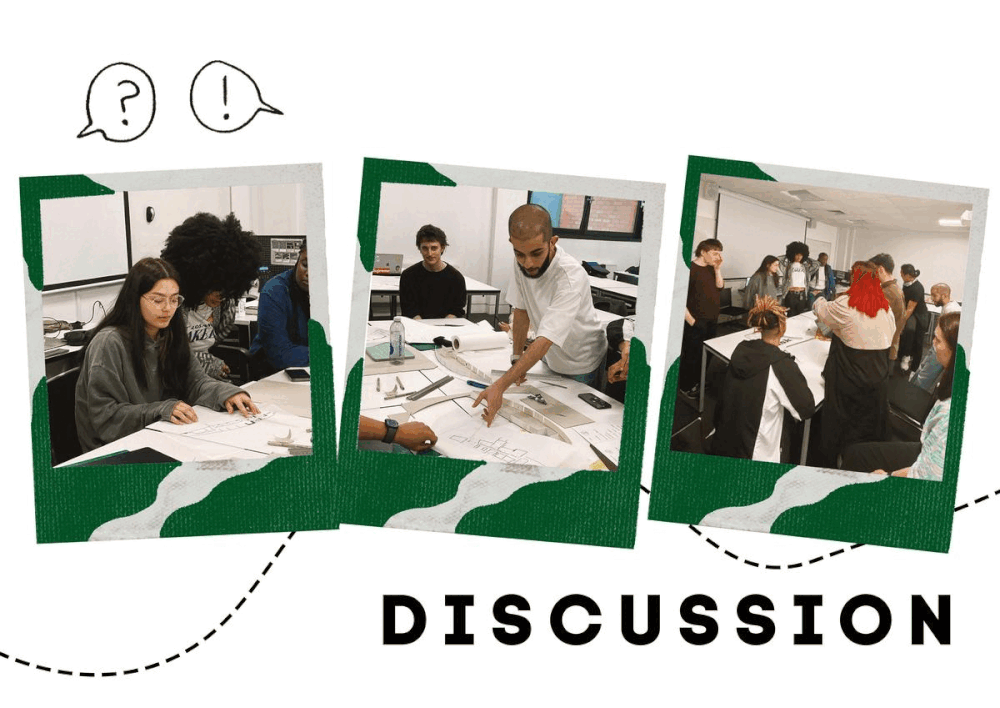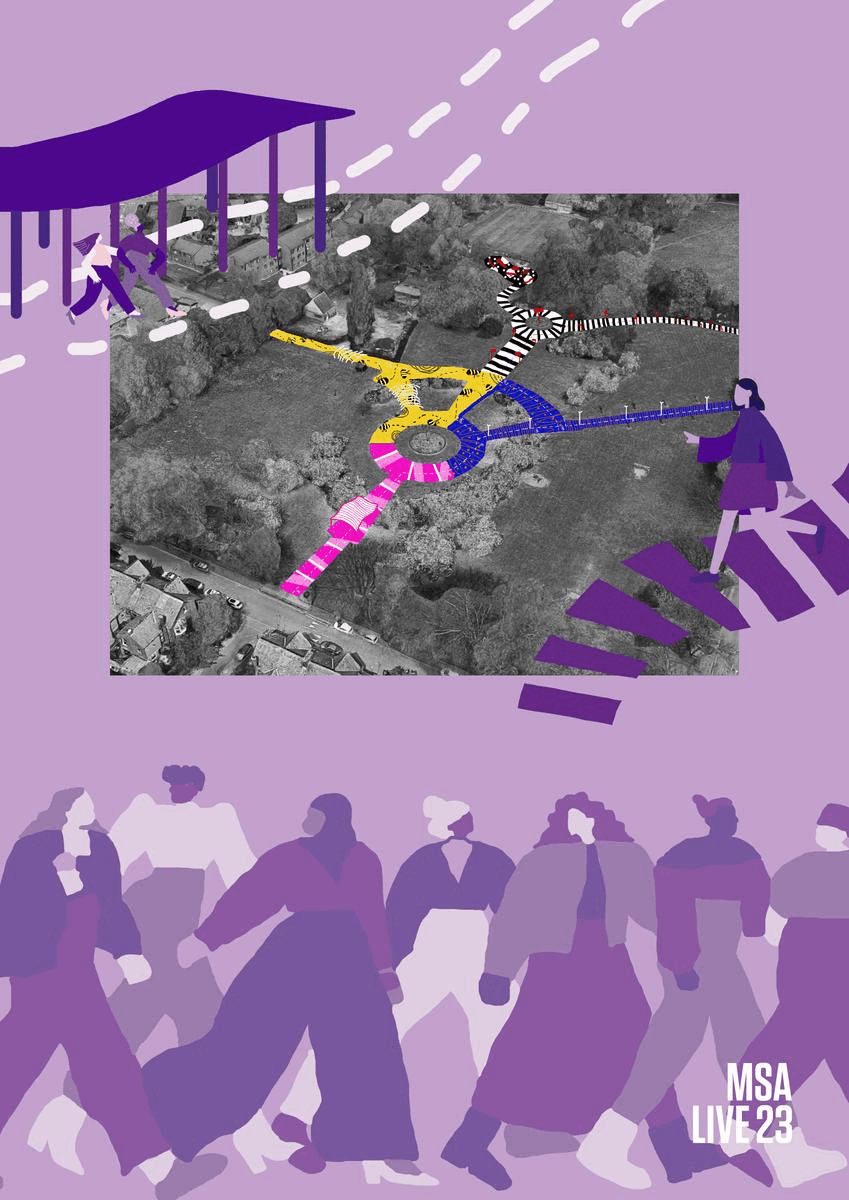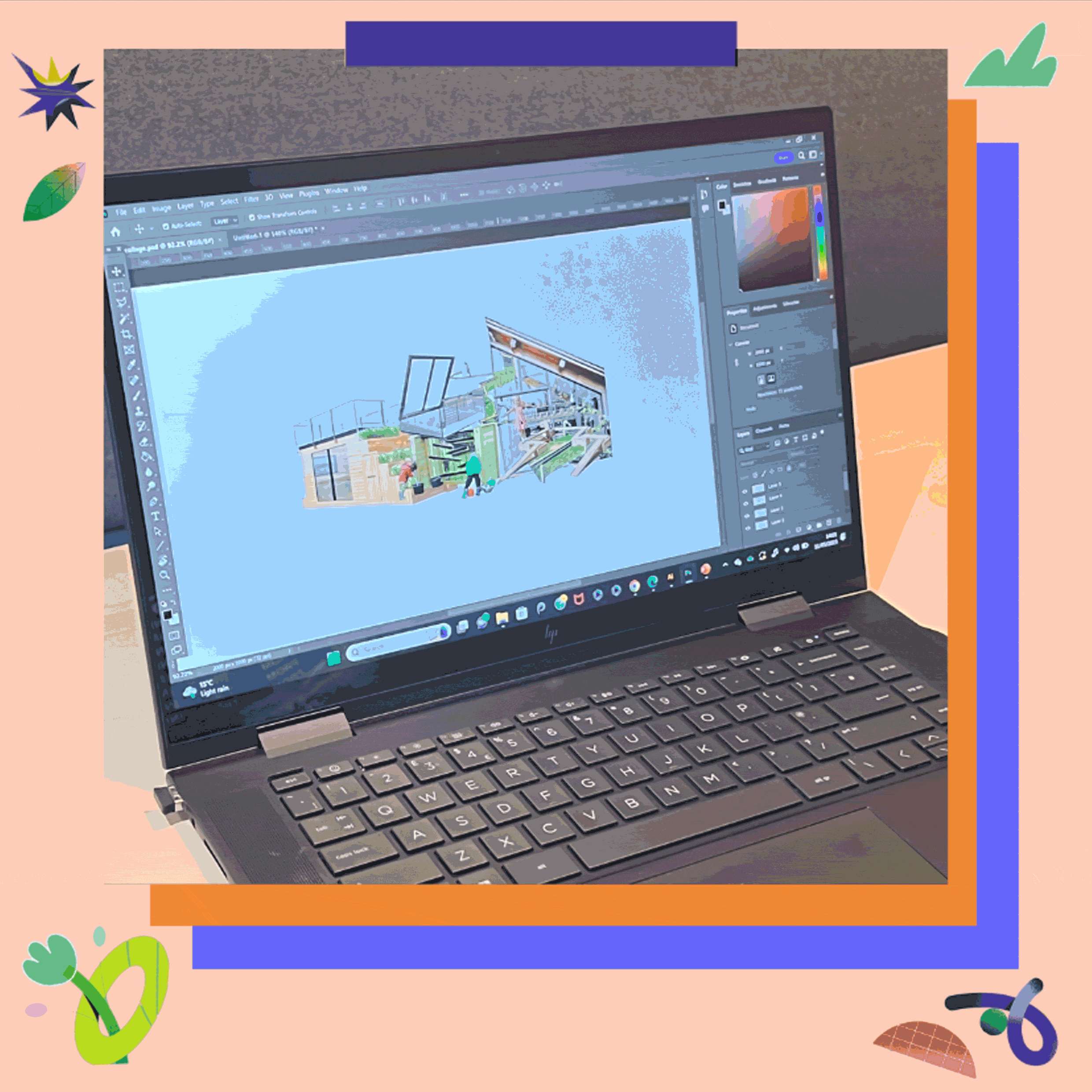Concept 1
Curved decking concept: This design concept maximises the space on the site, by providing two seating areas with a green screen partitioning and levelled seating. The space
Curved decking concept: This design concept maximises the space on the site, by providing two seating areas with a green screen partitioning and levelled seating. The space
Posted 12 May 2023 15:59


